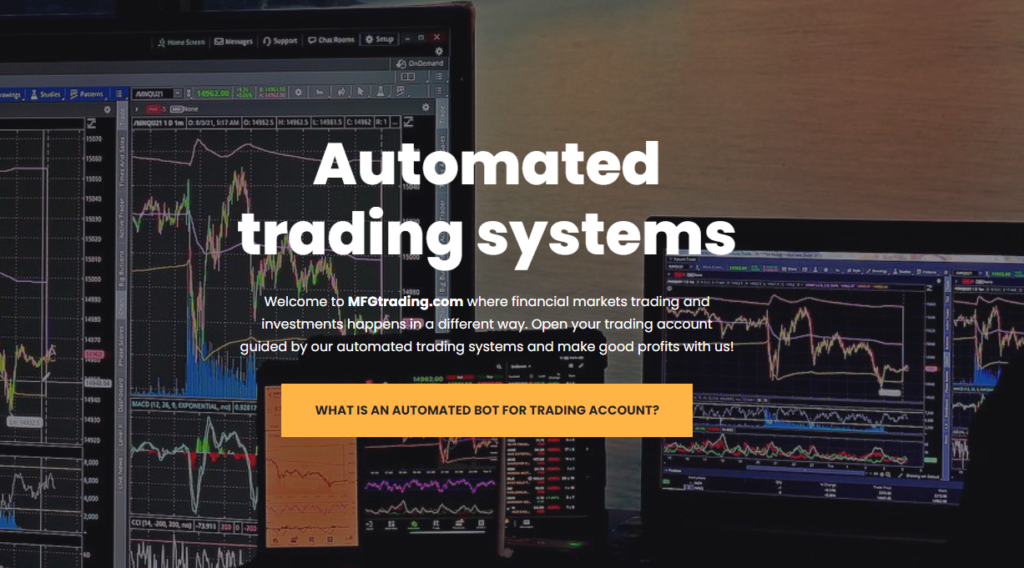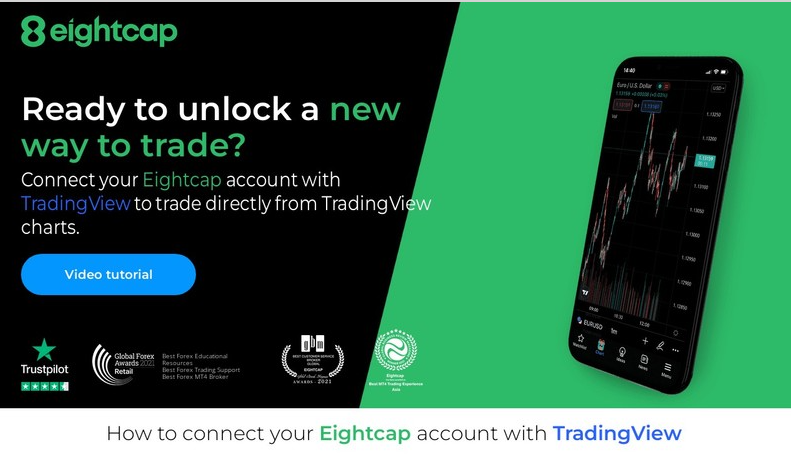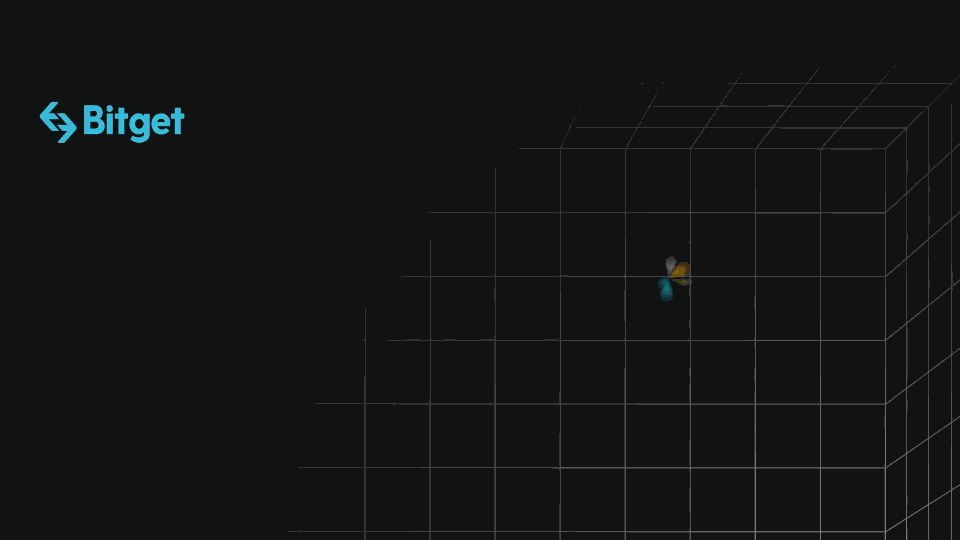Discover the basics of Forex trading and learn how to become a successful trader. Read our comprehensive guide for valuable insights and trading tips.
Unlocking The Secrets: Beginner’s Guide to Forex Trading
Have you ever wondered how the foreign exchange market works? Are you ready to take your first steps in trading the foreign exchange market (Forex)? If so, then we have great news for you. Unlike many other types of investments like the stock market, the foreign exchange market is highly complex and volatile, which means success or failure can hinge on the right strategy.
Our beginner’s guide to Forex Trading can unlock the secrets of forex to make trading a dynamic and potentially lucrative form of financial investing.
We’ve compiled everything a fledgling trader needs to get started in forex trading, from researching currencies and opening your first account to making trades and reading economic indicators.
Whether you’re new to finance or just starting out in FX, this comprehensive resource will help you understand the ins and outs of the world’s largest decentralized market.
So let’s take a look at what it takes to become an informed forex trader today!
Basics of Forex Trading
Forex trading, also known as foreign exchange trading or currency trading, is the process of buying and selling currencies with the aim of making a profit.
It is one of the world’s most popular and widely traded markets, with an average daily trading volume of over $6 trillion.
By understanding the basics of forex trading, you can begin to develop your trading strategy and take advantage of the market’s opportunities.
Currency Pairs
Forex trading involves the buying and selling of currency pairs. The first currency in the pair is called the base currency, while the second currency is called the quote currency. The exchange rate represents the value of one currency relative to the other.
Market Participants
The forex market is made up of a diverse range of participants, including banks, central banks, hedge funds, corporations, retail traders, and more. Each participant has different goals and strategies, which can impact the market’s direction.
Leverage
One of the most attractive aspects of forex trading is the ability to trade on leverage, which allows traders to control a larger position than they could with their own funds. However, leverage can also increase the risk of losses, so it’s important to use it carefully.
Trading Sessions
The forex market operates 24 hours a day, five days a week, with trading sessions in major financial centers worldwide. The most active trading sessions are the London, New York, and Tokyo sessions, which account for the majority of the trading volume.
Fundamental Analysis
Forex traders use a variety of techniques to analyze the market and make trading decisions. One common method is fundamental analysis, which involves studying economic indicators and news events to determine the overall health of an economy and the likely direction of its currency.
Technical Analysis
Another popular method is technical analysis, which involves studying charts and using mathematical models to identify patterns and trends in price movements. Technical traders use a variety of tools, including moving averages, support and resistance levels, and trend lines.
Risk Management
Successful forex traders utilise effective risk management, which involves setting stop-loss orders to limit potential losses and using proper position sizing to manage risk. Traders should also be aware of the potential impact of news events and market volatility on their positions.
Forex Trading Strategy
Forex trading strategies are a set of rules that traders follow to determine when to enter or exit a trade in the forex market. The strategies can be based on technical analysis, fundamental analysis, or a combination of both. Here are some popular forex trading strategies:
Trend Trading
This strategy involves identifying the direction of the trend and trading in the same direction. Traders can use technical indicators such as moving averages, trend lines, and price action to identify trends. The goal is to ride the trend and exit the trade when the trend reverses.
Breakout Trading
This strategy involves identifying key support and resistance levels and entering a trade when the price breaks out of these levels. Traders can identify potential breakout levels by identifying technical indicators such as Bollinger Bands, moving averages, and Fibonacci retracements.
Range Trading
This strategy involves identifying a range-bound market and trading within the range. Traders can identify the range with technical indicators such as oscillators and support and resistance levels. Here, traders aim at buying at the bottom of the range and sell at the top of the range.
Position Sizing
Position sizing refers to the amount of money invested per trade. Proper position sizing helps traders reduce risk while optimizing potential profits. The key to successful position sizing is balancing risk and reward.
Generally speaking, the more money that is invested in a single trade, the higher the potential reward will be. However, there is also an increased risk of loss associated with larger investments. Finding a balance between these two factors is essential for long-term success in forex trading.

News Trading
This strategy involves trading on the back of news events and economic data releases. Traders can use fundamental analysis to determine the likely impact of the news on the currency and enter a trade accordingly.
The goal is to capture the market’s reaction to the news and exit the trade when the market calms down.
Carry Trading
This strategy involves buying a high-yielding currency and selling a low-yielding currency. Traders can use fundamental analysis to determine the interest rate differentials between the two currencies. The goal is to earn the interest rate differential and potentially capture capital gains.
Scalping
This strategy involves entering and exiting trades quickly to capture small price movements. Traders can use technical indicators such as moving averages, support and resistance levels, and chart patterns to identify potential scalp trades. The goal is to make small profits on many trades and minimize losses.
Position Trading
This strategy involves holding trades for an extended period, usually weeks or months. Traders can use fundamental analysis to identify long-term trends and enter trades accordingly. The goal is to capture larger market moves and potentially earn significant profits.
Forex trading can be complicated, but understanding and utilizing the right tools and resources can help traders stay ahead of the curve. Here are five of the most important tools and resources for forex trading:
Technical Analysis Tools
From charting software to technical indicators, these tools help traders identify patterns in price movements that may indicate potential trends and opportunities. Knowing which technical indicators to watch for can also help traders shift their strategies as needed in order to capitalize on changing market conditions.
Fundamental Analysis Tools
This type of analysis focuses on economic data such as inflation, employment and GDP growth, which affect currency prices. Fundamental analysis tools provide insight into how politics will affect currency markets, helping traders make informed decisions about when to enter or exit a trade.
Forex News Sources
Keeping up with news related to currency exchange rates is essential for being able to react quickly to changing conditions in the market.
There are many news sources available online that have articles and analysis related specifically to forex trading, so it’s important for traders to be familiar with these outlets in order to stay informed about developments in the markets.
Automated Trading Software
Automated trading software allows you to set parameters such as entry and exit points that can then be used by the software itself without needing any manual intervention from the trader. This type of technology is incredibly useful for making quick decisions and efficiently identifying pattern recognition signals while trading currencies.

Education Resources
Whether you’re just beginning your foray into forex trading or looking for more advanced tutorials, there are countless educational resources available online that provide everything from basic forex concepts all the way up through complex algorithmic analysis techniques used by experienced professionals.
Taking advantage of these free resources can help newer traders get an edge in understanding how markets work before getting started with actual trades themselves.
Trading platforms
When it comes to forex trading, there are a number of platforms and charting software available for traders. Forex trading platforms provide users with real-time access to their accounts, allowing them to make trades and monitor various currency markets all in one place.
These platforms usually include analytical tools such as technical indicators that can help traders identify patterns in order to inform their trading decisions.
Charting software
Charting software is used by traders to track price movements over time and helps them make better-informed decisions by giving them access to complex visual representations of the markets they are trading in.
This type of software is often customizable, meaning it can be tailored to meet the individual needs of each trader. As such, these tools are also invaluable when it comes to identifying potential trends or reversals in the markets and helping traders decide when the best time may be to enter or exit a trade.

How To Read Forex Charts
Forex charts are an important tool for traders to understand and interpret as they analyze the markets. Traders use four main types of forex charts: candlestick, bar, line, and Renko charts. Each of these charts provides a different look at currency data and can help inform trading decisions depending on the trader’s needs.
Candlestick Charts
These charts show the opening and closing prices, highs, lows, and volume over a specific period of time. Technical traders often use them to identify patterns such as support levels or trends in order to make predictions about future price movements.
Bar Charts
Bar charts plot the opening, closing, and high and low prices for a currency pair over a specified period of time. This type of chart is useful for recognising longer-term trends in the market but does not provide insight into potential reversals or other short-term signals like candlesticks do.
Line Charts
Line charts allow users to view price changes over time by connecting closing prices with a line instead of using individual candles or bars like some other charting types. This makes it easy to spot long-term trends or overall sentiment in the market as a whole without having to decipher individual price movements like you would with candlesticks or bars.
Renko Charts
Unlike other charting types, which rely on a time scale to represent price movement, Renko charts use a custom number of pips or points in order to display changes in the market over time. This helps traders eliminate noise from their analysis while isolating key areas that could indicate potential trend reversals or opportunities for entering/exiting trades.

Staying Up-to-Date with the Latest Forex Market News and Events
Forex traders need to stay abreast of the latest market news and events that could have an effect on their trading. Knowing the key economic indicators, political developments, and central bank policies that drive currencies can help traders make informed decisions and make profitable trades in the long run.
Central Bank Decisions
One of the major market news sources is central bank meetings and interest rate announcements. Central banks are responsible for controlling a country’s monetary policy and regulating this by setting interest rates, which can directly affect currency prices.
For example, if a central bank raises its benchmark interest rate, this could lead to an appreciation of the local currency as investors move their money into higher-yielding assets.
Geopolitical Events
In addition to central bank meetings, geopolitical events such as elections or trade disputes can also significantly affect currency prices.
Political instability in one region can lead to an increase in demand for “safe-haven” currencies like the US dollar or Japanese Yen, while trade deals between two countries may cause their respective currencies to appreciate or depreciate depending on how it affects their respective economies.
Economic Data Releases
Finally, economic data releases such as Gross Domestic Product (GDP) figures and employment numbers can also have a notable impact on currency prices.
When these reports come out better than expected, it often signals growth in an economy which could then lead to more demand for its currency. Conversely, when economic data comes out worse than expected, it can lead to a depreciation in the value of that nation’s currency relative to others.

Building a Forex Trading Community
As a beginner in the world of forex trading, building your own community is a great way to learn and grow as a trader. Here are some tips on how to get started:
Join an Online Forum
Joining an online trading forum gives you access to experienced traders who can offer insights and advice on developing your strategy. You can also get feedback from other members on different ideas and strategies that you may be considering.
Seminars and webinars featuring industry experts are great places to learn about forex trading strategy and potentially connect with someone willing to become your mentor. Just make sure they’re legitimate and not promising guaranteed returns.
Attend Local Meetups
Many cities have local meetup groups dedicated to forex trading where you can network with fellow traders, discuss new strategies and gain valuable experience. This is also a great opportunity to ask questions and learn from more experienced traders in person.
Participating in these forums will give you an opportunity to interact with experienced traders who may be willing to provide guidance and mentorship upon request.
Use Social Media
Social media platforms such as Twitter, Facebook, and LinkedIn are great places to have discussions about forex trading and build relationships with other traders. Pay attention to industry influencers’ posts for insights into the markets as well.
Start a Blog
Starting a blog about your experiences as a forex trader will help draw people into your community and provide valuable content for others that might be just starting out in the markets.
Your readers will likely appreciate hearing from someone with real-world experience in the markets rather than simply reading articles from industry professionals or gurus.

Conclusion
Forex trading can be a highly lucrative and exciting activity, but it also requires a significant amount of knowledge, skill, and discipline. By understanding the basics of forex trading, you can begin to develop your own trading strategy and take advantage of the market’s opportunities.
Utilizing forex trading tools and charts is critical for beginners looking to succeed in the forex market. These resources can help beginners make informed trading decisions, minimize risks, and maximize profits.
Moreover, building a forex trading community is also essential for beginners as it allows them to learn from experienced traders, share knowledge, and collaborate with other traders. Hence, with the right combination of skills, dedication, and tools, there’s no reason why you can’t achieve success in forex trading.
So, choose an account and a forex broker in Trader Factor to start your forex trading journey. Don’t forget to make use of the free educational resources and market analysis.
Disclaimer:
All information has been prepared by TraderFactor or partners. The information does not contain a record of TraderFactor or partner’s prices or an offer of or solicitation for a transaction in any financial instrument. No representation or warranty is given as to the accuracy or completeness of this information. Any material provided does not have regard to the specific investment objective and financial situation of any person who may read it. Past performance is not a reliable indicator of future performance.





